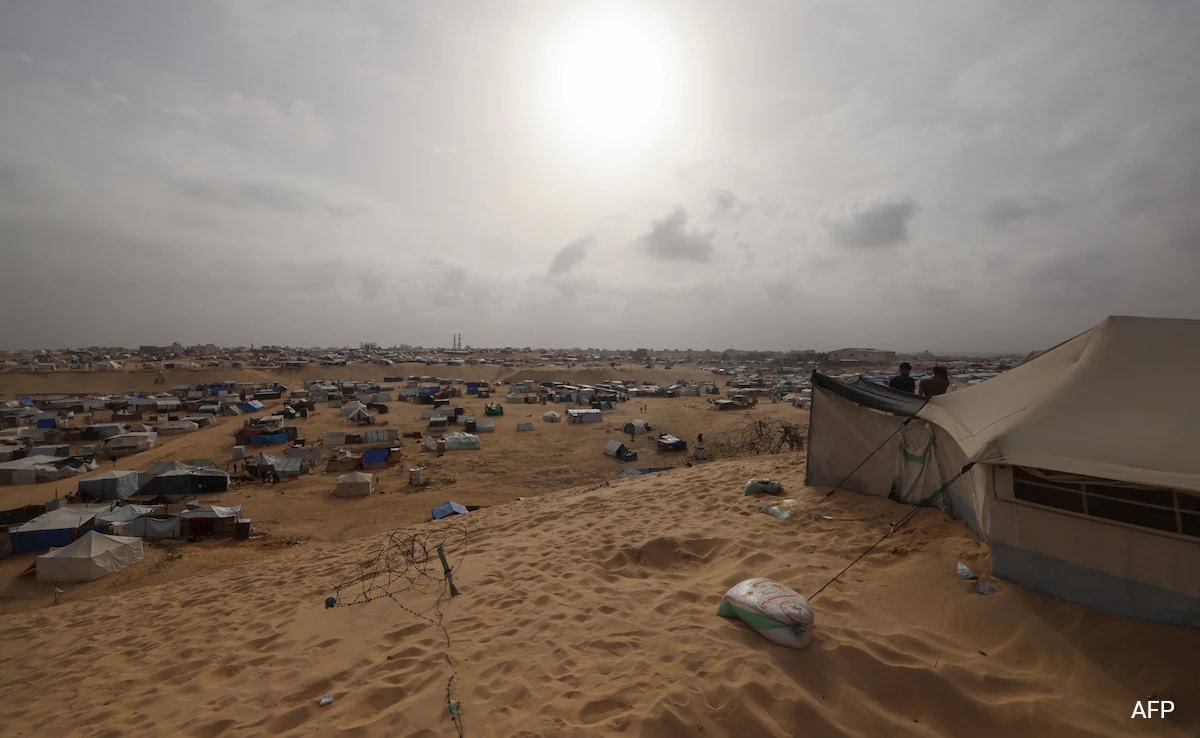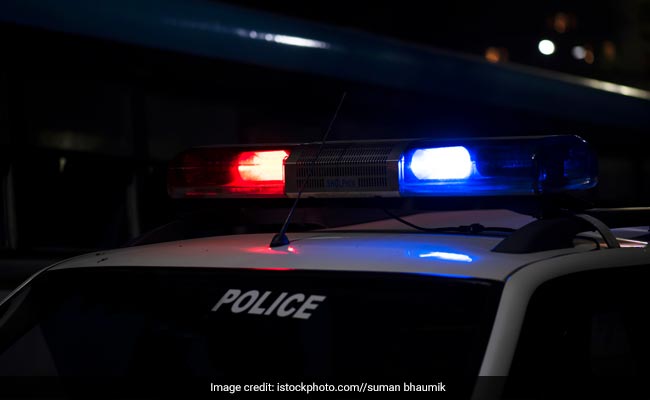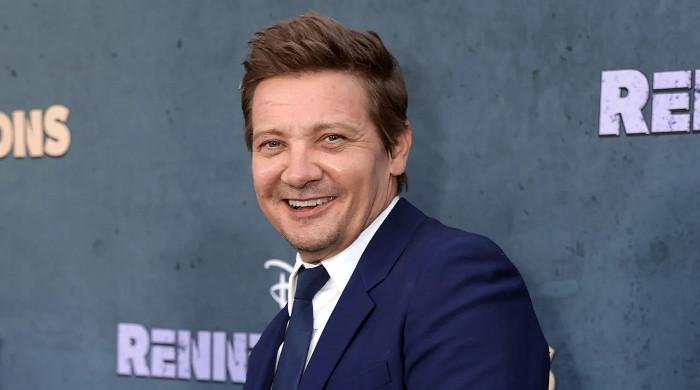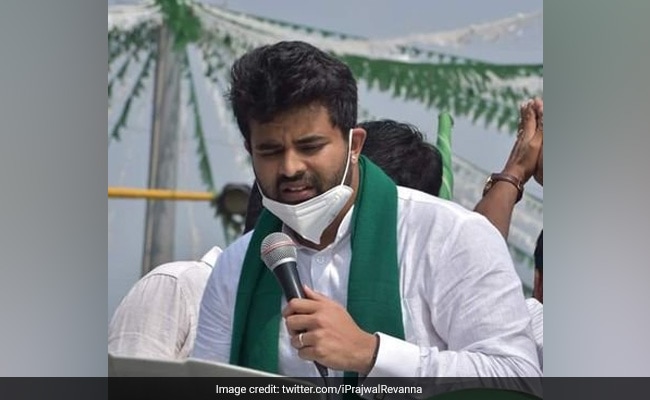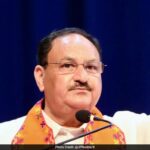Maratha quota activist Manoj Jarange has announced a new agitation in Mumbai on January 26 and reiterated that he will sit on an indefinite hunger strike demanding reservation. He set out on a march from Jalna district towards Mumbai on January 20 with thousands of supporters and reached Pune district on Tuesday.
The ongoing agitation is part of the decades-old demand of the Maratha community demanding reservation in government jobs and education.
Chief Minister Eknath Shinde recently announced a survey by the State Backward Classes Commission to assess the educational, social and financial backwardness of the Maratha community.
Here’s all you need to know about the movement and court battle for Maratha reservation:
Why is Manoj Jarange protesting?
Manoj Jarange had fasted unto death on two occasions in the past demanding Maratha reservation, forcing the government to form a committee to look into the OBC background of members of the Maratha community in the Marathwada region.
Earlier in October last year, Manoj Jarange had started his indefinite fast in support of reservation in Jalna, while the Maratha community had agitated, leading to the arrest of 49 people in Beed district. Prohibitory orders were issued in Beed and Dharashiv districts of the state following violent protests.
The October agitation had the support of a section of leaders and BJP MLA from Beed district Laxman Pawar had tendered his resignation from the assembly. Two Shiv Sena MPs from Nashik and Hingoli, loyal to Chief Minister Eknath Shinde, also resigned in support of the demand for Maratha reservation.
Jarange also sat on a hunger strike on August 29, 2023 and fasted for 16 days in Jalna and ended it on September 14 after assurance from Chief Minister Eknath Shinde.
But the Jarange protest is different from previous Maratha rallies held across Maharashtra between 2016 and 2017. While in the past Marathas have demanded reservation for the community in government jobs and education, Jarange is demanding a Kumbi caste certificate for Marathas so that they can be included. In OBC groups.
Will Kunbi caste certificate solve the problem?
The Maharashtra government, in a bid to pacify the Maratha community, announced that it would provide Kunbi caste certificates to all Marathas in Marathwada who have Nizam-era documents recognizing them as Kunbi. Maharashtra Revenue Department has started issuing Kunbi certificates to members of the Maratha community with valid documents from today (October 31).
The Kunbi community in the state is engaged in agriculture-related occupation and is placed under the OBC category. Granting Kunbi caste certificates to Marathas would mean that Marathas would be counted within the Kunbi community and would be given OBC status, thereby giving them the benefits of reservation given to the OBC group.
Other OBC groups have opposed the inclusion of Marathas in the OBC category for reservation benefits. While Marathas form 32% of the state’s population, OBCs form 52% and are divided into 382 castes in the state.
What is the issue of Maratha reservation?
The Marathas, historically identified as a “warrior” caste, consist primarily of peasant and landowning groups and make up one-third of the population in Maharashtra.
In Maharashtra, 12 of its 20 chief ministers since the 1960s have been from politically influential communities. However, with the division in shares and problems in the agricultural sector, the prosperity of the middle and lower middle class Marathas has declined.
The demand for Maratha reservation has been going on for decades. The demand for reservation for Marathas began in 1981 when Annasaheb Patil, leader of the Mathadi Labor Union, took out a march in Mumbai in support of the proposal.
The Maratha Mahasangh and Maratha Seva Sangh launched a strong movement in 1997 for Maratha reservation in government jobs and educational institutions. The issue was raised again in 2000.
Maratha reservation over the years
In August, 2016, Marathas rallied in Aurangabad under the Maratha Kranti Morcha to condemn the rape and murder of a 15-year-old girl in Kopardi village in Ahmednagar.
This was followed by 58 silent but massive protests across the state in 2016 and 2017 over reservation for the community in government employment and education. Following the protests, a ten-point demand letter was handed over to the District Collector demanding Maratha reservation, strict punishment for rapists and loan waiver for farmers.
In December 2016, the Maharashtra government also filed an affidavit validating the reservation for Marathas, claiming that it did not violate constitutional provisions.
The then Chief Minister Devendra Fadnavis decided to set up the NG Gaekwad Commission in 2017 under the chairmanship of Justice NG Gaekwad. The report submitted by the commission said that Marathas should be given quota under the Socially and Educationally Backward Class (SEBC). Even though the panel suggested reservation for the Maratha community, it did not define the quota percentage and left it for the states to decide.
Marathas were given reservation under the Maharashtra State Social and Educational Backward Act in 2018. The move was approved by both the state legislative assembly and the council; And he also had the support of opposition parties like Congress and NCP.
Legal battle continues
In December 2018, several petitions were filed in the Bombay High Court challenging the Maratha quota decision and calling it a violation of Supreme Court orders that reservation should not exceed 50%.
The HC upheld reservation to Marathas, but specified that instead of the existing 16 per cent reservation to Marathas, the quota should be reduced to 13 per cent while providing jobs and 12 per cent while providing educational grants.
The High Court order came as a major blow to the community in 2020 when an appeal was filed in the Supreme Court against the decision. In September 2020, the apex court decided to put a stay on the reservation given to the Maratha community, terming it unconstitutional and saying that this reservation violates the provisions laid down under Article 14 of the Constitution of India. In May 2021, the Supreme Court canceled the provision of reservation for Marathas.
Result
After SC struck down Maratha reservation and upheld 10 per cent quota for economically weaker sections, Maharashtra government said that until the issue of Maratha reservation is resolved, economically weaker members of the community will be eligible for EWS quota. Can benefit from.
The state government had earlier this year said it would file a curative petition in the Supreme Court and said a new dedicated panel would be formed for a detailed survey of the ‘backwardness’ of the community. However, the state government has not yet filed a curative petition in the Supreme Court.
(With inputs from Mayuresh Ganapathy)
Follow us on Google news ,Twitter , and Join Whatsapp Group of thelocalreport.in

